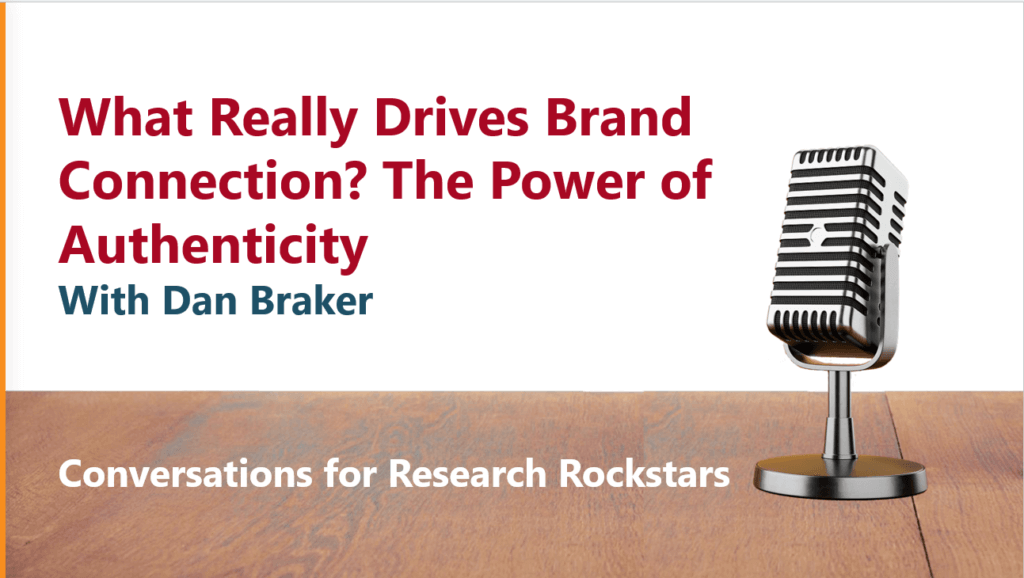Market segmentation and customer satisfaction are very different market research projects, but they have a lot in common:
- High-visibility projects. These tend to be projects where the results are highly visible, and directly used by c-level executives. Thus, the pressure is on to manage the process with excellence and to have first-rate deliverables.
- Core quantitative component. These types of projects may start with some discovery phases in the form of qualitative methods, but ultimately the focus is on quantitative data. Working on these projects requires interpret quantitative data.
- Highly consultative deliverables. Both market segmentation and customer satisfaction projects produce complex results. Extra support during the deliverables phase is often necessary to ensure clients are prepared to apply the results.
- Collaborative planning. The success of both market segmentation and customer satisfaction studies requires a strong cross-functional team approach. Commonly, this includes a team of researchers and subject matter experts (often leaders from different functional areas of the brand such as Sales, Product Development, and Customer Support). This collaborative planning process often starts with having the team develop specific research hypotheses.
Hypotheses for Market Segmentation & Customer Satisfaction Studies
In the case of a market segmentation study, the hypotheses relate to identifying customer variables that correlate to “attractive” attributes. A hypothetical hypothesis example from a quick-serve restaurant might be, “We have a hypothesis that customers who eat dinner at restaurants at least once a week spend 10% more per meal as compared to less frequent diners.” Generating a list of potential variables to test in the quantitative research phase is a key activity of the cross-functional team.
In customer satisfaction research, a hypothesis for a photo printing service might be, “We have a hypothesis that customers who use our photo printing service for standard-size prints are more satisfied than those who use our service for over-sized prints.” Or how about, “We have a hypothesis that satisfaction with our photo printing service varies by the subject of photos the customer takes (children, events, nature, etc.).” These examples are interesting because if the research finds them to be true, it could generate a follow-up segmentation study to test “photo size and subject behaviors” as potential segmentation variables.
Preparing for Your Next Project
If you have an upcoming opportunity to work on your first market segmentation or customer satisfaction project, get ready for a great learning experience. Getting hands-on with these projects is an amazing opportunity to participate on a cross-functional team, working with various subject matter experts.
And if this will be your first time working on such projects, we suggest you prepare. First, here are a few short and easy blog posts related to these topics:
- A brief piece on market segmentation, focusing on B2B
- Anther short article on a market segmentation case study (Southwest Airlines)
- A brief discussion on interpreting customer satisfaction results.
Second, we also have 2 crash-courses coming up. No previous experience is required to participate in these courses. They are intended for the researcher who is new to these topics and wants to prepare by learning about the relevant methodologies and best practices. These courses typically have 8 to 12 students, and they meet in the Research Rockstar virtual classroom:
- Improving Customer Satisfaction, meets December 13 at 11:00 AM ET
- Market Segmentation, meets December 19 at 1:00 PM ET












